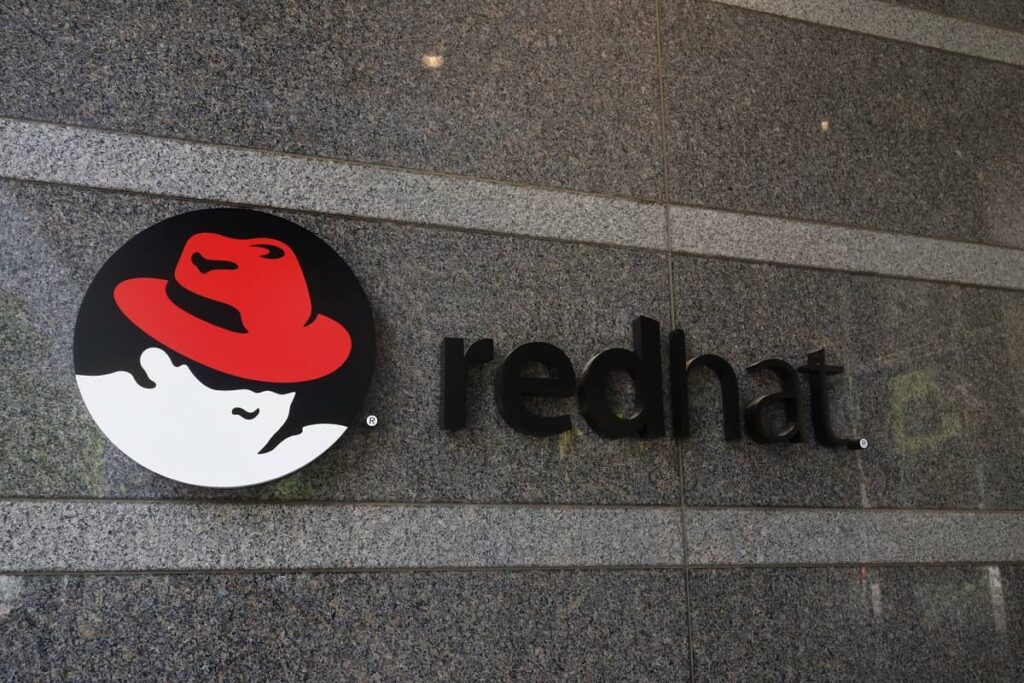by Kelly Switt, Senior Director, Global Head of Intelligent Edge Business Development at Red Hat
Utilities face challenges in substation automation and power grid management due to the limited flexibility and scalability of customised hardware. Shifting to software-defined systems enables real-time reconfigurability and cost savings by removing the need for physical hardware changes. To fully unlock these benefits, collaboration between traditional suppliers and integrators is essential for driving future platform innovation.
As utilities adopt a software-defined infrastructure, unifying IT and OT ecosystems becomes increasingly feasible. By virtualising applications and taking advantage of advancements in edge computing platforms and AI, utilities can modernise infrastructure and create more agile, software-defined environments that improve everything from operational efficiency to smart grid responsiveness.
At Red Hat, we are focused on helping industries navigate this transformation. We provide a more consistent platform that helps to simplify deployment, maintenance and operations. Our open source solutions are designed to lower operating costs, accelerate time-to-market and deliver reliable innovation with greater security capabilities. Through collaboration and open innovation, we help organisations modernise, virtualise and bridge the gap between IT and OT for smarter, more efficient operations.
Today we’re here to talk about two recent organisations that Red Hat has joined, alongside our industry partners, to provide a software-defined infrastructure that can help meet the demands of today and tomorrow.
Virtual Protection Automation and Control Alliance
The rapidly increasing demand for energy, combined with growing distributed resources and the need to decarbonise the electric grid, requires a transformation of the systems that protect, control and manage the grid.
As part of this work, Red Hat is now a member of the Virtual Protection Automation and Control (vPAC) Alliance, alongside 30+ partners including Advantech, Dell Technologies, Intel, Welotec and more. The vPAC Alliance is an industry consortium driving a standards-based, open, interoperable and secure software-defined architecture to host virtualised protection, automation and control solutions for power system substations. By bringing proven enterprise strength virtualisation technology to digital substations, grid operators can increase grid reliability and cyber resilience while reducing grid emissions, maintenance and operations costs.
Answering these challenges takes a village, so Red Hat and other industry leaders are working together to develop and promote common architectural standards and share insights and technical expertise to support customers as they transform the electrical grid to meet evolving needs. For more information, you can visit the vPAC Alliance website.
SEAPATH on CentOS Stream
Red Hat actively contributes to multiple community projects across industries, including the industrial and energy sectors. Earlier this year, a team at Red Hat contributed CentOS Stream 9 support to SEAPATH within LF Energy (an umbrella for many open source projects in the electric utilities space). SEAPATH also is designed to run with vPAC, creating a synergy among multiple open source grid projects and a very strong community among digital substation stakeholders. Despite their independent development, SEAPATH and vPAC share notable similarities. For instance, both initiatives recognise the importance of interoperability, particularly when it comes to workloads. This shared focus on seamless integration across different platforms fosters synergy between both projects.
As the energy sector reaches a critical turning point with the integration of distributed renewable resources, the shift to software-defined substations brings both new opportunities and challenges for leveraging general-purpose software and modern computer hardware. Red Hat, in collaboration with multiple partners, including Welotec, are working together to develop a reproducible hardware and software setup that can deliver the necessary latency levels for virtualising protective relay functions in digital substations. Leveraging CentOS Stream 9, provisioned and configured through the SEAPATH foundational platform, we focused on measuring latency on Welotec Rugged Substation Automation Computers (RSAPC) Mk2 to meet the demands of protective applications. While SEAPATH offers a comprehensive set of tools to deploy workloads on a configured cluster, this effort primarily concentrated on manual deployments of the test environment, showcasing the adaptability and precision of Red Hat’s open source solutions in addressing these industry-specific needs.
Read: Red Hat and Lenovo Partner to Deliver RHEL AI on ThinkSystem SR675 V3 Servers

